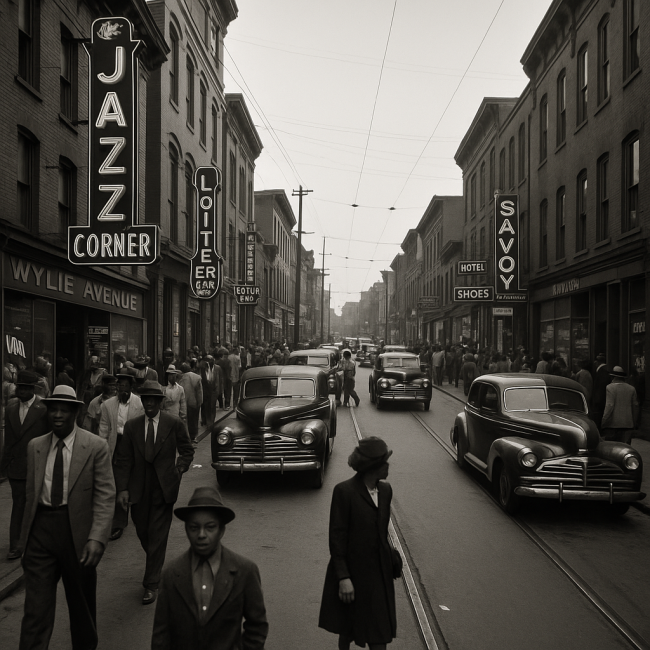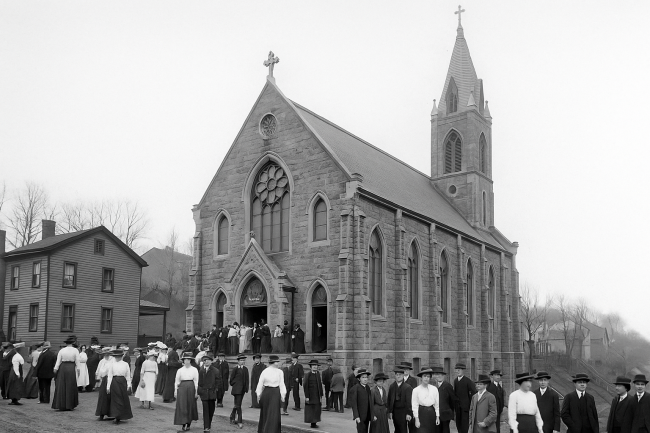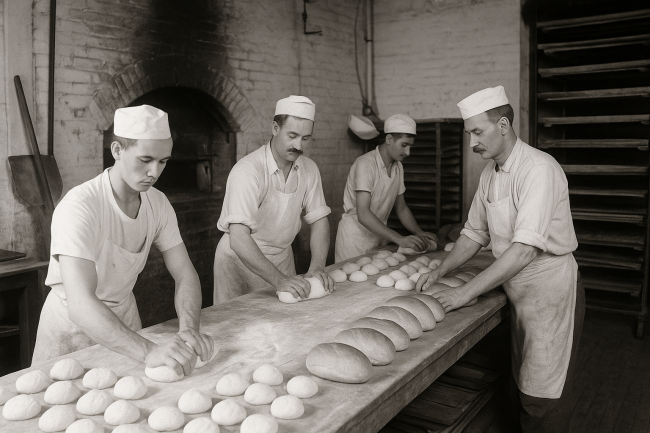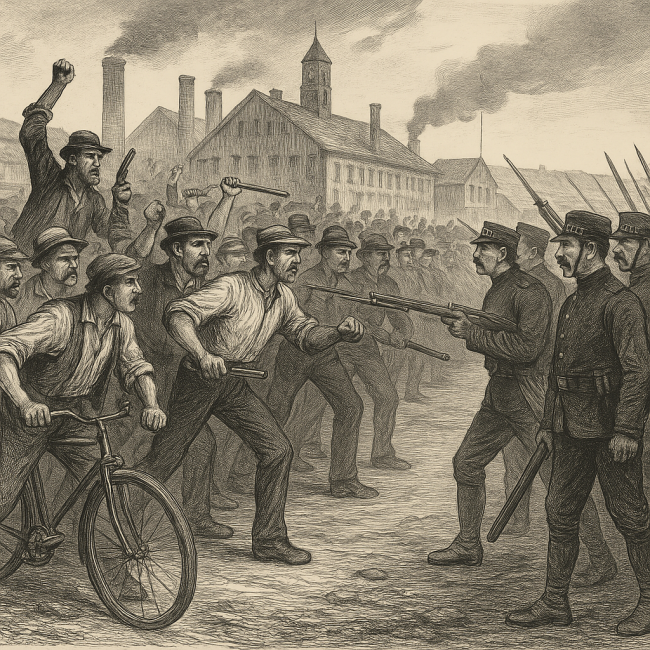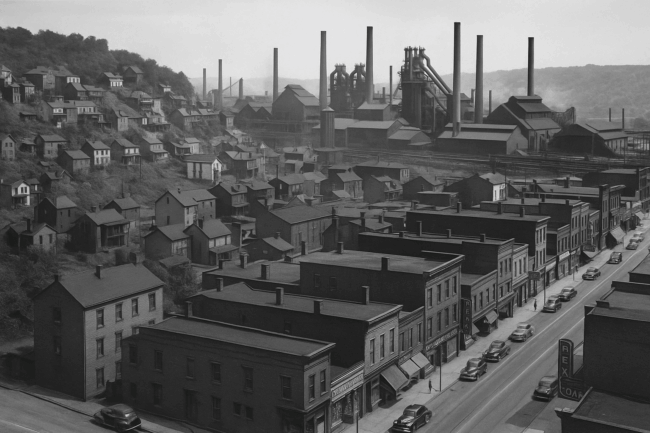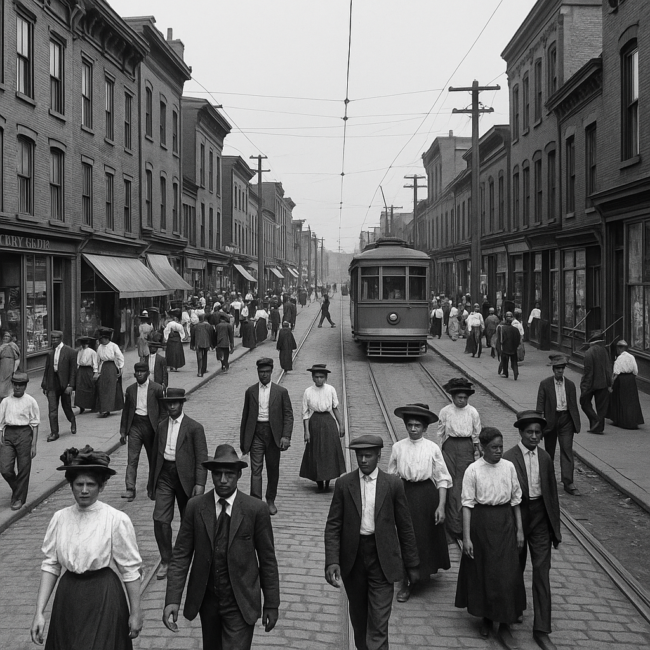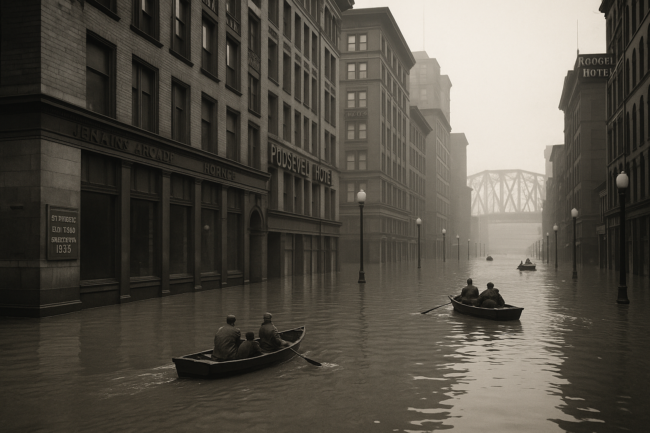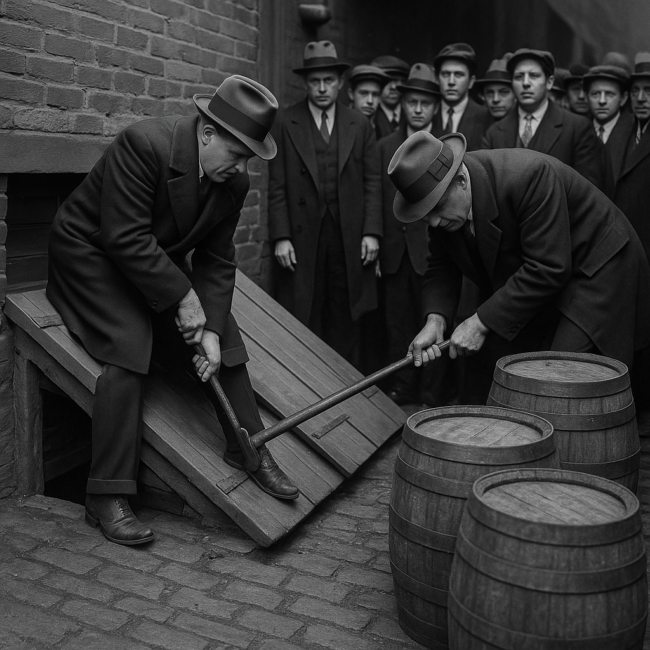The Soul of Pittsburgh’s Hill District
In Pittsburgh’s Hill District, history lives on every corner – in the echoes of jazz that once poured from basement clubs, in the memories of civil rights battles, and in the resilient spirit of its people. Nestled just above Downtown Pittsburgh’s “Golden Triangle,” the Hill District rose to prominence in the early 20th century as…

